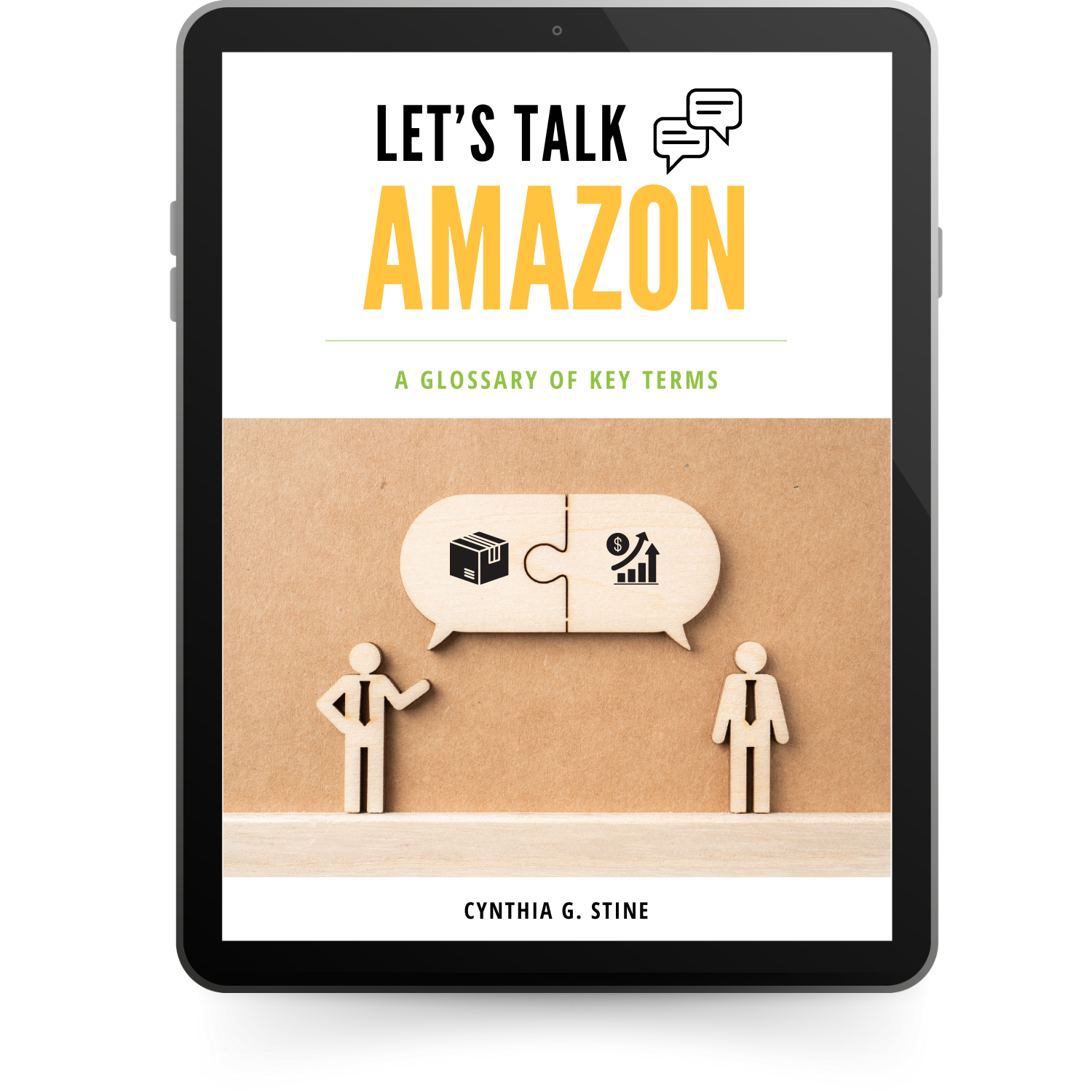For years bad actors have bought and sold Amazon Vendor Central accounts because they knew they could wreak havoc on their competitors through a huge loophole in the system. I’m thrilled to say that loophole is now closed. It hurt a lot of sellers over the past few years.
Here’s how the trick worked:
- Bad actors would buy businesses that had an Amazon Vendor Central account. Amazon was not informed, and the new owner would pretend to be the previous owner. (This is all against Amazon’s Terms of Service)
- They would use their access to Vendor Central to manipulate competitors’ listings such that the competitors’ listings were taken down and/or the seller account as well. They do this by creating an “offer” for that product at a high price that Amazon would normally reject.
- They would immediately withdraw their “offer,” so it appeared that the changes were made by the competitor rather than the bad actor.
- Some bad actors also bribed Amazonians to cover their tracks.
- Because changes made in Vendor Central are perceived to be “Amazon Retail,” these changes would have priority over the competitor – even if she/he were the brand owner and brand registered.
- Bad actors would remove listing copy, change images (sometimes using shocking and pornographic images), change the listing to their brand and other malicious tricks.
In addition, access to Vendor Central would make it easy for them to transform abandoned listings with lots of positive reviews into a new product (theirs) and perform the “brushing” technique to add those reviews to their listings – usually through a listing variation.
How much are bad actors costing you?
Sellers have complained for years and Amazon was obviously aware of this loophole since they even had their own internal lingo for it – PDP abuse and Twister abuse. PDP is “product detail page” and Twister refers to variations. The catalog team was powerless to switch listings back as the changes were made by “Amazon Retail.” It would usually take a lot of effort to fix the listings and get our clients reinstated.
We had one poor seller whose listings would be fixed and then the bad actor would do it again less than an hour later. We were finally able to get her “Brand Priority” such that only she could make changes to the listings, but she had to experience a persistent issue over weeks before getting it.
Here’s the specific changes Amazon has made to close the loophole:
- Vendor Central suppliers can no longer edit existing A+ content or create A+ content for items that are not in their brand registry.
- For items that a supplier has actively sold through Vendor Central in the past (regardless if they are brand registered for that product), they cannot change them if there is a rights owner assigned to that brand, either as an agent or the brand itself.
- Seller Central changes will now override Vendor Central changes if the SC seller is brand registered for those items.
- Some sellers have discovered that Amazon has suppressed and stopped buying items from them in Vendor Central if they are not the Brand or Brand Registered agent. This is not universal. Some sellers are still receiving orders for items for which they are not an agent. These clients are very large sellers and that might make a difference. We don’t know enough yet.
- Vendor Central suppliers can no longer add new items without a brand registered brand in that category. Here’s the error message they receive: The products you searched for can’t be added to your catalog. See below for details. “Doesn’t match your product categories: These products don’t match the product categories that are associated with your account.”
This may not be universal. We don’t know for sure yet how a seller’s standing with Amazon might impact their ability to offer new items in categories where they do not currently sell. Also, if the bad actor bought a Vendor Central account that has access to those categories then they may still be able to list new products in that category which is step 2. However, if that competitor is brand registered, they will be stopped from making listing changes.

Despite what we don’t know yet, these are significant and much needed changes and will immediately end numerous Dirty Seller Tricks℠ on the platform. The very act of giving brands priority over their own listings is long overdue. More than a year ago Amazon announced that it would merge Vendor Central with Brand Registry. I was excited that it meant brands would finally have control over their own listings. We saw them push smaller vendors out of VC to become Seller Central sellers about a year ago, but nothing else happened. Frankly, I’d given up ever seeing it.
The sharp eyed among you have already spotted what hasn’t been fixed: If you are not brand registered, you may still have problems. If you’ve not registered your brand or if you are a wholesaler selling someone else’s brand, it is still possible for bad actors to play these tricks on your listings through Seller Central. While Amazon keeps track of who initially created a listing, it doesn’t mean that someone else in Seller Central can’t gain priority over them by making “improvements.”
You may think, “but at least Amazon would know who they are and can easily take them down for their bad behavior,” right? No. The bad actors hide behind multiple stealth accounts with fake identities. If Amazon takes down one account, the next one is loaded up and selling within hours. It’s like trying to catch smoke. The moral of this story is: get brand registered or make sure the brands you sell have their own brand registry. Also, get on their authorized lists.
Something new this year that smaller brand registered brands have noticed is the ability to provide Amazon with a list of authorized sellers on your account. Previously, only the big brands had lists registered with Amazon. Now it might be universal for all brand registered brands. We helped clients add authorized sellers a few weeks ago to their official lists. These lists are now locked in until January 1, 2021. My speculation is that this will help brands and sellers in several ways:
- No suspected IP or inauthentic complaints for those wholesalers/authorized agents on the authorized lists.
- Able to sell those brands to Amazon 1P (assumes they are already in Vendor Central)
- Harder for bad actors to claim your products are inauthentic or counterfeit as the brand has already told Amazon you are buying from them.
This is still speculation on my part, but if you have a good relationship with the brands you sell, see if you can get on their authorized lists in Q1 if you are not already on the list. It can’t hurt and it might help a lot. There are still unanswered questions such as “what happens if there is a safety issue?” I assume the listing goes down, but not the account. The safety issue is for the brand to resolve, not the seller. At least, that’s how it would be in Cynthia’s perfect Amazon world. We’ll see.
Are you an authorized reseller?
For brands, you will need not only the storefront name, but also the merchant ID of your authorized sellers. My understanding is that you cannot update your lists until January at this point. It is not clear if Amazon will remove sellers who are not authorized (it would be very helpful if they did, but I suspect they won’t because of the First Sale Doctrine). At the very least, those who are unauthorized would be subject to additional scrutiny by Amazon to verify they are buying from authentic sources.
Amazon’s recent indictment of several alleged black hat service providers recently described in detail how they abused Vendor Central to attack competitors. My guess is that the indictment gave Amazon urgency to fix this problem. It is a widespread one that goes far beyond these six co-conspirators. In China sellers would post in WeChat groups that they’d pay $20k-$30K or more for a seller account with Vendor Central access. That’s how valuable this loophole has been for bad actors.
One of our clients who I asked to verify what we heard was surprised to hear how Vendor Central was being used by bad actors and had never attempted to change a listing for a product he did not sell. Exactly! He’s the majority of the sellers on the platform – honest. He’s never experienced the attacks and now, hopefully, he never will.
Closing this vulnerability is a victory for Amazon and all honest sellers.
A special thank you to our VC client who brought this to our attention and the clients who helped us verify the experience. Have you noticed these changes? Are you a brand who has provided Amazon a list of authorized sellers? Please share in our Facebook group so we can all learn together.
Disclaimer: Much of what we learn about Amazon is through observation. Sometimes we get it wrong in terms of what or why Amazon is doing something. Our goal is to provide accurate and helpful information to the seller community, and we will follow up with new information when we get it. We always try to make it clear when we are speculating. We welcome your feedback and invite you to join our Facebook group to share.




